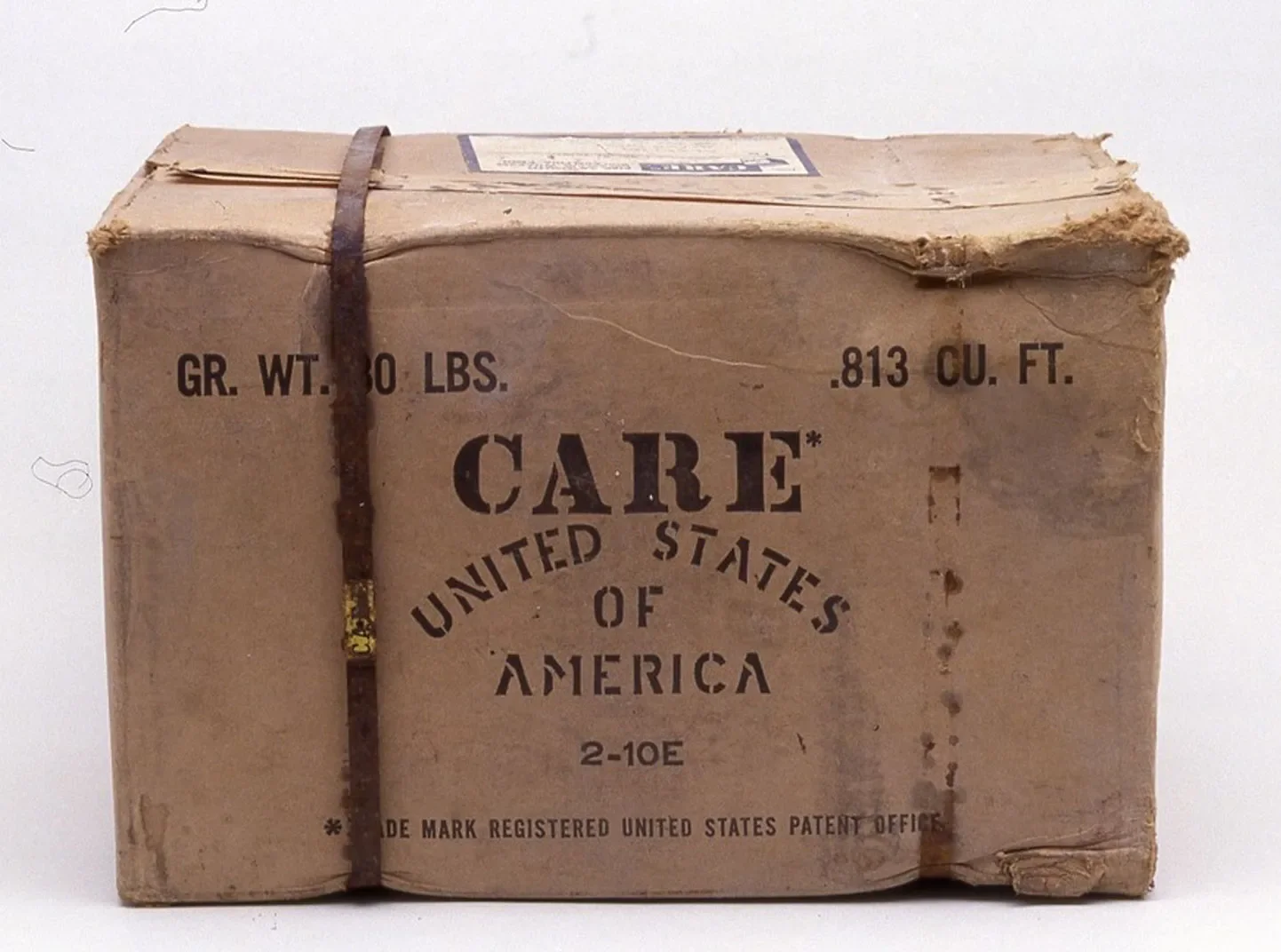Introduction
Haiti Struck by Magnitude 7.0 Earthquake in January 2010
On January 12, 2010, Haiti was struck by a magnitude 7.0 earthquake, devastating its capital, Port-au-Prince, and surrounding areas. The quake affected more than 2 million Haitians, claimed over 200,000 lives, and left 300,000 injured. At the height of the crisis, more than 1.5 million newly homeless people were sheltering in some 1,500 spontaneous settlements. The earthquake indirectly affected the entire country, sending 570,000 people fleeing for the provinces and setting off shock waves through the economy.
The scale and impact of the disaster were unprecedented for the Caribbean nation, already the poorest in the western hemisphere. The capital of this highly-centralized country lay in ruins, as did the government ministries that would normally work with the international community on the response.
The magnitude of the destruction resulted in a strong outpouring of generosity from the public worldwide. Immediately after the earthquake, CARE launched a global appeal and our emergency response team made sure vital life-saving supplies reached those most in need.
CARE focused on five key relief sectors: emergency shelter; sexual and reproductive health; water, sanitation and hygiene; education; and food security. We concentrated on the heavily affected areas of Carrefour and Léogâne, near the earthquake’s epicenter, with additional interventions in indirectly affected areas. CARE immediately distributed emergency relief supplies, providing food, clean water, temporary shelter, and other services to more than 300,000 people within the first four months. Over the longer term, we are working to rebuild and improve livelihoods and help Haitians become more resilient in the face of future disasters.
The earthquake was the most devastating emergency CARE had responded to since the 2004 Indian Ocean tsunami. While we have achieved much in the intervening five years, the task of rebuilding is ongoing. CARE remains committed to working with Haitians as they strive to build a better future.
CARE’s Response – Haiti Earthquake Relief
Over the last five years, CARE has transitioned from post-earthquake emergency relief into programming aimed at addressing the underlying causes of poverty that increase vulnerability to disaster. Our efforts have focused on sustainable economic development, rebuilding of the urban fabric, improved education and food security. CARE’s transitional shelter program prioritized female heads of household, like Gellia Voltaire, 63. Each family participated in building their own shelter by enlisting five volunteers. CARE provided materials and two trained carpenters. The structures are designed as modules that can be expanded and integrated into permanent homes.
Working together, the international community, local groups and the Haitian government have helped more than 1.45 million people return from displacement, and every day more are moving to safer housing. CARE has enabled over 22,900 people to access transitional and permanent shelter, and continues to work with partners to find alternative solutions for those still living in desperate conditions.
The effects of the earthquake were compounded by subsequent disasters, including a cholera epidemic, hurricanes and tropical storms, and drought. CARE has responded by supplying water, building sanitation infrastructure, distributing emergency shelters and hygiene supplies, and providing food vouchers to thousands of affected families. As rising food prices, climate change and disasters force families further into poverty, CARE’s work will continue to focus on local resilience building in the years to come.
The sections that follow highlight our immediate response, the transitions of CARE’s programming in Haiti as the country recovers, and CARE’s response to new vulnerabilities when they arise.
